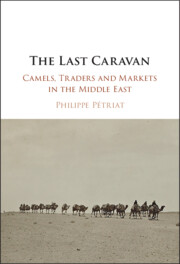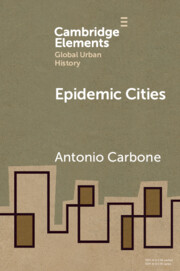This paper discusses the emergence of an archaeology of the contemporary era in a Middle Eastern country, Iran. Far from North America and Europe, where the subfield was introduced, appreciated and developed by academic archaeologists, this archaeology is now also becoming established in Iran in spite of academic reluctance and (indirect) political pressure. The most encouraged form of archaeology in Iran remains nationalist and conservative, supported by the current political structures. However, the archaeology of the contemporary past is increasingly practised on a limited scale and has gradually extended its scope and subjects. Highly dependent on context, it has enriched the ways and methods of archaeological practice under dictatorship. The archaeology of the contemporary past is still in its infancy in the Middle East, but the pioneers of the subfield try to take up the challenges of smoothing the way for the future of this interdisciplinary archaeology in Iran and the Middle East. Iranian contemporary archaeology not only aims to investigate conflict, tensions and political (and armed) opposition, but also studies everyday life and disastrous contexts.



